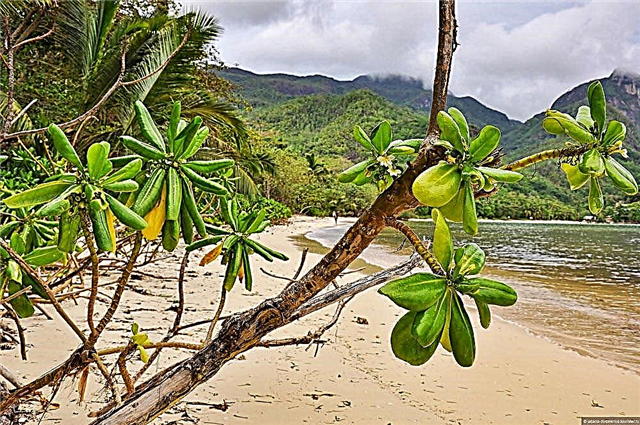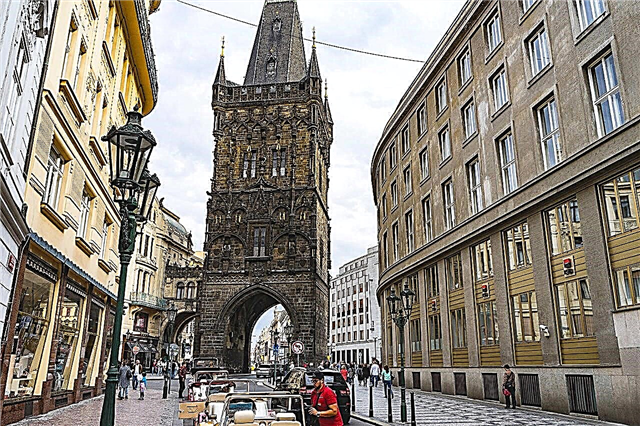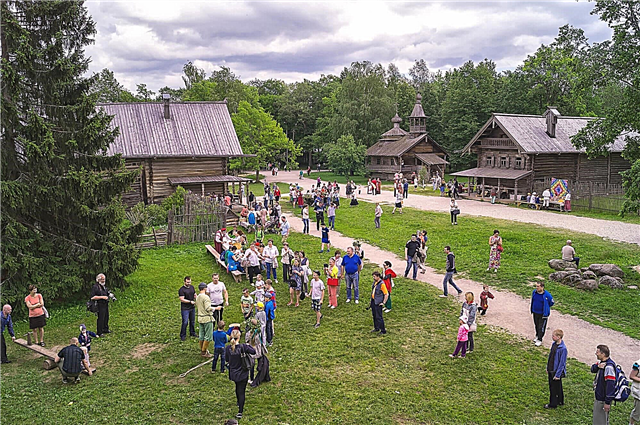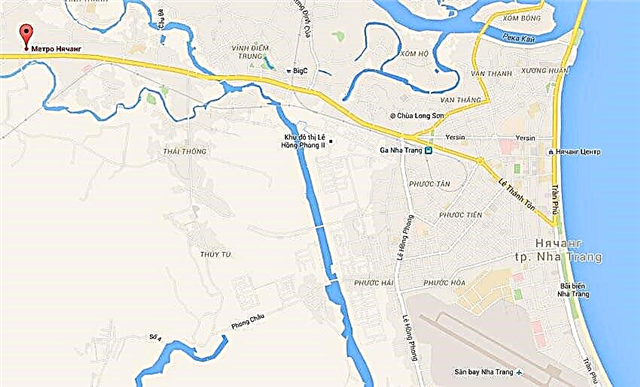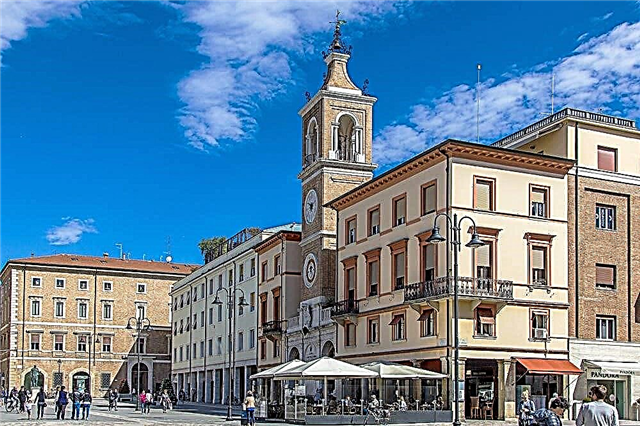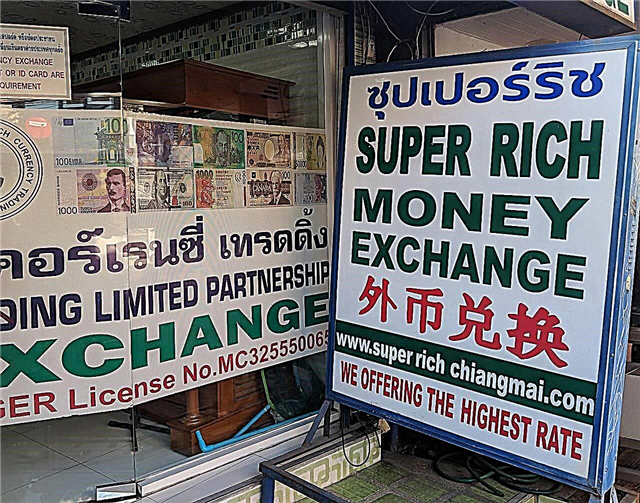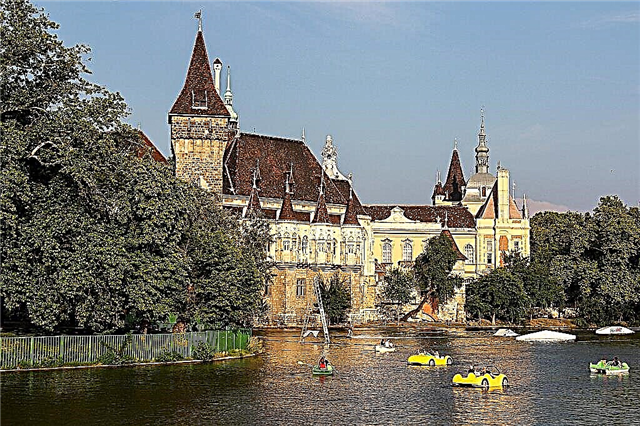Hungary is located in Central Europe, so it has not been spared by the main historical events of the continent. This had a direct impact on architecture. During the attack from the Turks and other neighbors on the mainland, local rulers had to build many castles and fortresses in order to keep at least part of the country in their hands. Some of the fortifications have survived to this day and have become tourist sites.
Hungary did not think much about the choice of names. Often, castles and fortresses are named after the cities in which they were built, or by the names of the families behind the construction. Most of them have now been reconstructed. The restored buildings have been turned into museums like Vaidahunyad and Shumeg, or converted into hotels, following the example of Gresham's palace.
The best palaces and castles in Hungary
The most interesting and beautiful medieval fortresses. List, photos with titles and descriptions!
Buda fortress
The first residence of kings in Budapest on this site was founded in the middle of the XIII century. During its existence, it was repeatedly destroyed and rebuilt. The current ensemble is a combination of Gothic, Renaissance and Baroque. Both the exterior and the interiors have been restored since the 60s of the last century. You can get to the fortress either by regular transport or by cable car. Since 1987 it has been included in the UNESCO World Heritage List.

Vaidahunyad
Built in Budapest to celebrate the 1000th anniversary of the country. The project is based on the project of Ignaz Alpara. The architect combined several styles and made references to other familiar buildings in Hungary. Initially, it was just a pavilion, but the sight was to the taste of both locals and tourists, so the castle was rebuilt thoroughly. Now the exposition of the agricultural museum is located inside.

Bori
The most romantic castle in Hungary. Located an hour's drive from Budapest. It was built over 40 years, starting in 1912. Architect Jeno Bori dedicated the project to his wife Ilona. Her images adorn the castle along with sculptures of kings and frescoes. In 1980, Bori's grandchildren carried out a reconstruction. Most of the premises are now open to the public. Newlyweds arrange photo sessions here.

Brunswick
The castle is located in Martonvashar, which is 30 km from the capital. It is famous for its non-gothic style and an English park, which stretches over 70 hectares. The name is given by the surname of the family who initiated the construction. Beethoven was a guest in Brunswick. This was the reason for the opening of the composer's museum in the castle. The Museum of the History of Kindergartens is located nearby, since Theresia Brunswick founded the first such institution in the country.

Vysehrad fortress
Built on the ruins of an ancient Roman fort in the 13th century. In its original form, it stood for a couple of centuries, and then it was successively destroyed by the Turks and Austrians. Already in our century, the Vysehrad fortress was decided to be restored and used as a tourist attraction. There is a wax museum on the territory. Some rooms have been recreated. In the courtyard, those who wish can shoot a bow.

Shumeg Fortress
It is considered the oldest surviving in the country. It has been standing on a hill since the 11th century. Many transport routes converged here. The 13th century tower is used as a weapons museum. His collection is not limited to pistols and daggers. Among the exhibits: armor, archaeological finds, household items and even ancient carriages. The torture chamber, which terrifies the visitors, has also been recreated.

Esterhazy
This castle is also called the "Hungarian Versailles". The official name is derived from the surname of the family that owned it. Built in the city of Fertöd in 1720. The architectural style is rococo. It was built in a short time. During the Second World War, a hospital was located here. Now part of the building is reserved for a hotel. The Opera House, Orange House, Puppet Theater and Musical House are also open here.

Festečić Palace
The main attraction of the city of Keszthely. Built on the shores of Lake Balaton in the 18th century. The exterior is copied from the architectural masterpieces of France. Named after the family that stood at the origins of the palace. Festechich currently hosts representatives of the scientific community for lectures and conferences. Several rooms are reserved for the weapons museum, and a library is located on the second floor.

Goedelle Palace
One of the most luxurious and large structures of this type in the country. It is located in the city of the same name, 30 km from Budapest. The palace was dated by the 18th century and was rebuilt several times, new wings were added, but the style remained in a strict manner. Around the park is laid out, occupying 29 hectares. In the 90s of the last century, the architectural masterpiece was in a terrible state. The restoration of the main part of the building has already been completed.
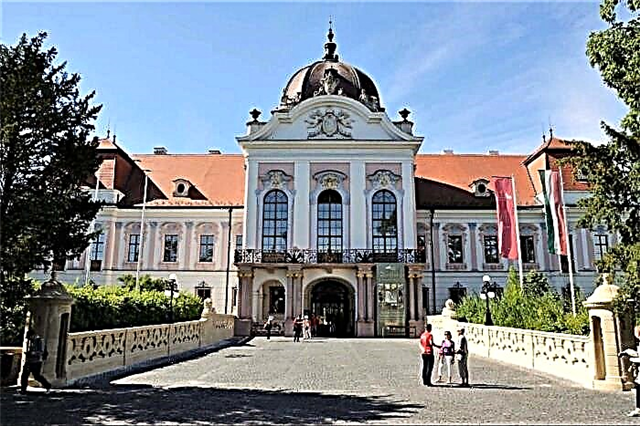
Diosgyor Fortress
The most musical in Hungary. It has been located in Miskolc since the 14th century. On the approaches to the fortress, tourists get acquainted with the reserved chestnut alley. The acoustics of the halls make it possible to hold musical performances, historical performances and festivals of various kinds in Diosgyor. In addition, the halls display exhibits from the museum of medieval weapons, archaeological finds, as well as wax figures.

Eger Fortress
The first buildings on this site appeared in the XIII century, and the current appearance took shape three centuries later. First of all, the fortress is famous for the battle of the Hungarians with the Turks, when the latter were 40 times more. The defenders withstood a 33-day siege. According to legend, they were helped by a local special wine called "Bull's Blood". Now in the summer months, staged knightly tournaments are held here.

Kosseg
Founded in the XIII century. Externally changed throughout its history. In front of the entrance there is a monument to Miklos Yurishich - the captain who led the defense of the city during the Turkish attack. After the restoration, the fortress was taken under the local history museum. In it, the exhibits are divided into several separate themes. Other premises accommodate a mini-hotel, a cultural center and a serf theater.

Battyani
The name is the surname of the family who built the castle in the 17th century. The location of the fortress near the Kehidakushtani thermal resort attracts the attention of a large number of tourists. An extensive park is laid out around. Here you can find trees whose age is more than three centuries. At the moment, within the walls of the castle, there is a hotel and museum "The Battiani Family". The latter features a portrait gallery and an interactive exhibition.

Nadashdi
The main architectural attraction of the resort town of Sarvar. The medieval building in the Gothic style is recognized as a historical monument. The exact date of construction is unknown. The castle was first mentioned in documents in 1288. One of the local beauties is the frescoes on the ceilings and walls. They describe scenes from the Old Testament. Now the halls of the castle are given over to museums, a library and a wedding palace.
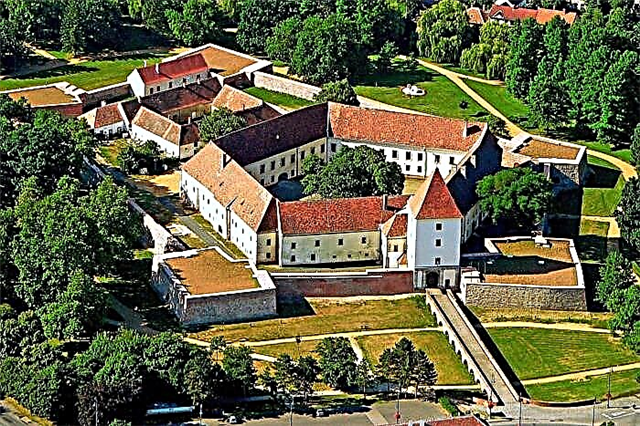
Gresham's palace
Built in the capital at the beginning of the last century next to the Danube embankment. It was conceived as an office and residential complex in the Art Nouveau style. For some time after the Budapest operation, soldiers of the Red Army were located in the palace. Now I have changed my appointment and converted into an expensive hotel. During the reconstruction, some of the original details of the interior decoration have been preserved, for example, decorative grilles and the main staircase.
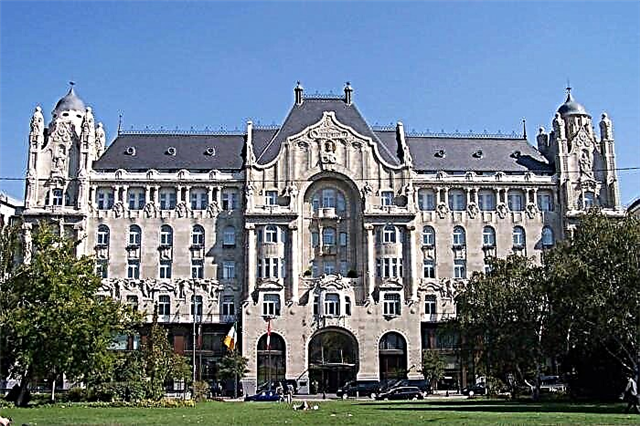
Sigliget fortress
Dated to the 60s of the XIII century. It stands on Castle Hill, and from the top point offers a panoramic view of Lake Balaton. The fortress took part in battles with the Turks. It was rebuilt in the 17th century, and less than a century later it was destroyed by order of the Austrian authorities. Since the 90s of the last century, restoration work and excavations have been carried out. One of the curious finds are underground passages and labyrinths.

Gyula Fortress
Located on the banks of the Körösh River. The fortress was erected in the XIV century as part of the fortification of cities during the confrontation with the Turks. Military conflicts could not but affect the appearance of the sight. It survived and was preserved for posterity, but went through a full-scale restoration. It is the only brick fortress in Europe of its time that has not been destroyed.

Tati
After the Turks marched through most of Hungary and captured cities on their way, Tati became the country's main fortress. But in the 16th century it also lost its independence, subsequently changing many owners. The location on the shore of the lake gives the monumental structure a romantic look. The castle has lost its former shine. The halls and courtyard are open to the public, but the attraction has not yet been fully restored.
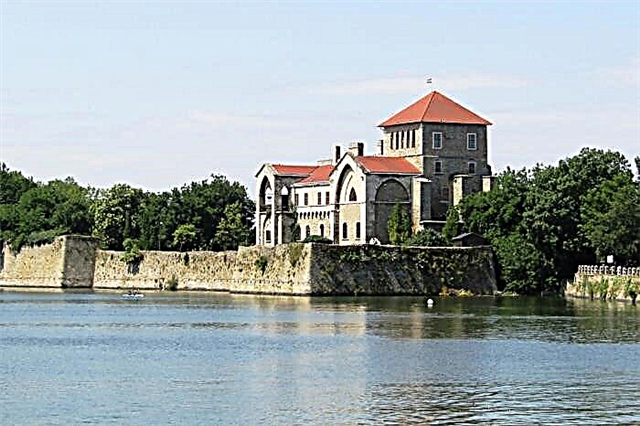
Ratskeve
The castle was built in the first half of the 18th century. Originally it belonged to the Prince of Savoy, the famous commander and conqueror of the Turks. Inside there are stucco and decorative patterns, the balustrade is decorated with mythological figures. Currently, the architectural monument has become an expensive hotel, in which there are only 28 unique in appearance and comfortable rooms. Around the park is laid out with alleys and figured flower beds.

Shiklosh fortress
One of the best preserved in the country. A great example of medieval Hungarian architecture. At the same time, part of the premises and halls were erected in the 18th century. There are several museums in the fortress. The most unusual one is the Museum of Leather Gloves. Music festivals are held during the summer. The variety of genres is impressive, with both contemporary bands and brass bands performing.
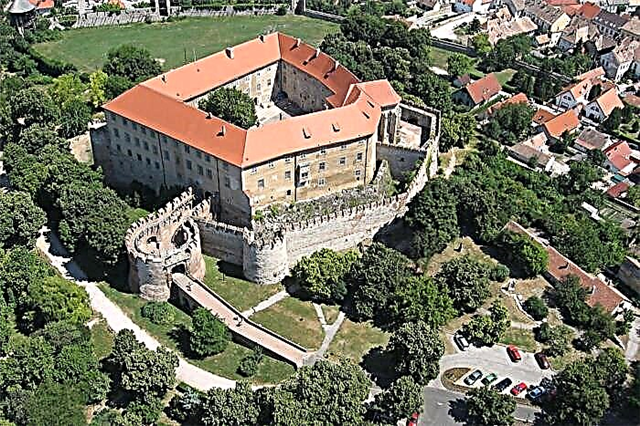
Boldogkyo
Located near the border with Slovakia. The castle is dated to the 13th century. Its construction is due to the lack of a sufficient number of fortifications in the country, which is why the enemy easily captured part of the kingdom. The ruins were brought into proper form in the 2000s. At the same time, the object was equipped with passages convenient for tourists, and several exhibitions were organized. The watchtower offers a breathtaking view of the countryside.

Pipo
The castle was founded by the general and banker Pipo Ozorai. A typical defensive structure of its time. At the moment, an exhibition area is located on the territory of the medieval landmark. Permanent exhibition - paintings that tell the history of Hungary. In the restored halls one can see armor and hunting trophies. Open to tourists all year round, but not all days of the week.

Fuser (Füzér vár)
The fortress was erected on the top of a rocky cliff even before the invasion of the horde in the 13th century. Fuser is famous for the fact that the Hungarian crown was kept here for a year. The best time to visit the attraction is in August, when a festival called "Days of the Füzer Fortress" is held. A breathtaking view opens up from the observation deck at any time of the year. The reconstruction has been going on for several years.

Bishop's palace
A new residence for bishops was built in the 18th century in Veszprem. It took more time to complete the work due to the death of the architect. Although the building belongs to the Baroque style, it is practically devoid of decorative ornaments. But the interior decoration is richly decorated. There are many frescoes in the chapel, and several rooms are reserved for an art gallery. The palace is open to tourists from May to mid-October.

Shimontornia
The name translates as "Simon's Tower". The building belongs to the XIII century. Located among the marshy areas of the Sio River. Each new owner strove to rebuild the castle in his own way. The style has repeatedly changed dramatically, for example, from Gothic to Renaissance. Simontornia looks compact, although the premises are spacious inside. For 150 years, the tower belonged to the Turks and has hardly changed.


